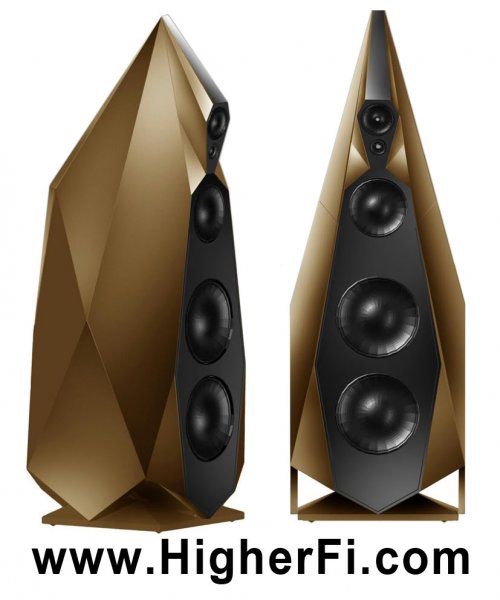Even taking into account your professional relationship with Avalon your "bold" statements/conclusions seem to me way over the top. First of all, there so are many top of the bill or 'statement' speakers available that it is nearly impossible for anyone to listen to them all under 'controlled' circumstances. Did you ever experience the top of the line speakers of eg Nola, Von Schweikert, Genesis, Magico, etc, let alone these kind of speakers that were set up perfectly? I know for a fact that you have never heard the Tidal LA's. Secondly, claiming that a certain audio component is the best in the world seems to me rather futile. There is no such thing as we all hear differently, prefer different aspects in sound reproduction, etc. Lastly, the idea that a certain component cannot or will not be surpassed somewhere in the future seems rather odd to me, in particular from an audio professional. It is rather hard for me to believe that Avalon has stopped or will stop its research activities in order to create better products, including a new/better top of the line loudspeaker, (somewhere) in the future.
But probably I take your "bold" statements/conclusions way to seriously and should I label your comments just as somewhat (over)enthusiastic.
..agreed, they haven't even made Jon Valin's "world's best" list


